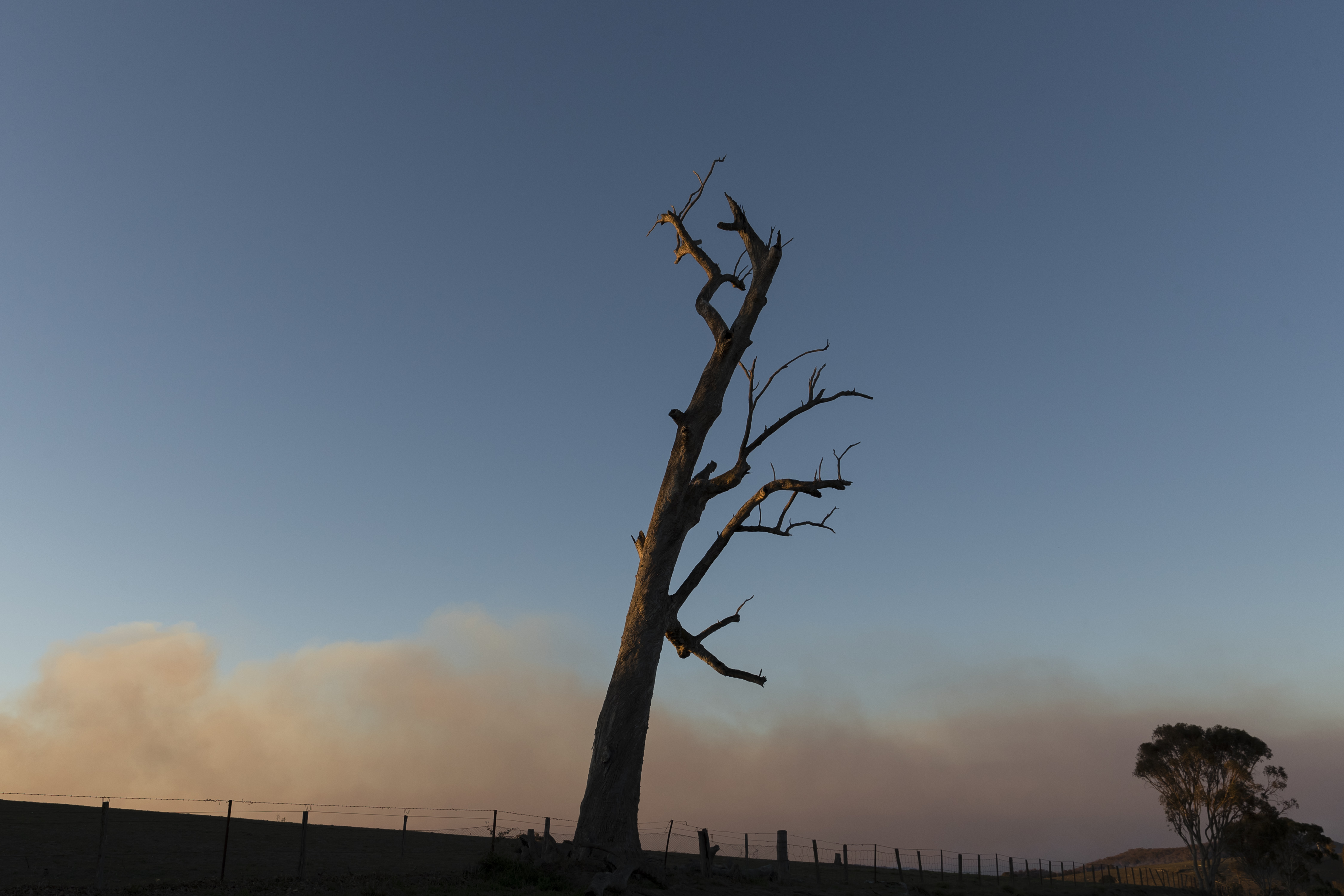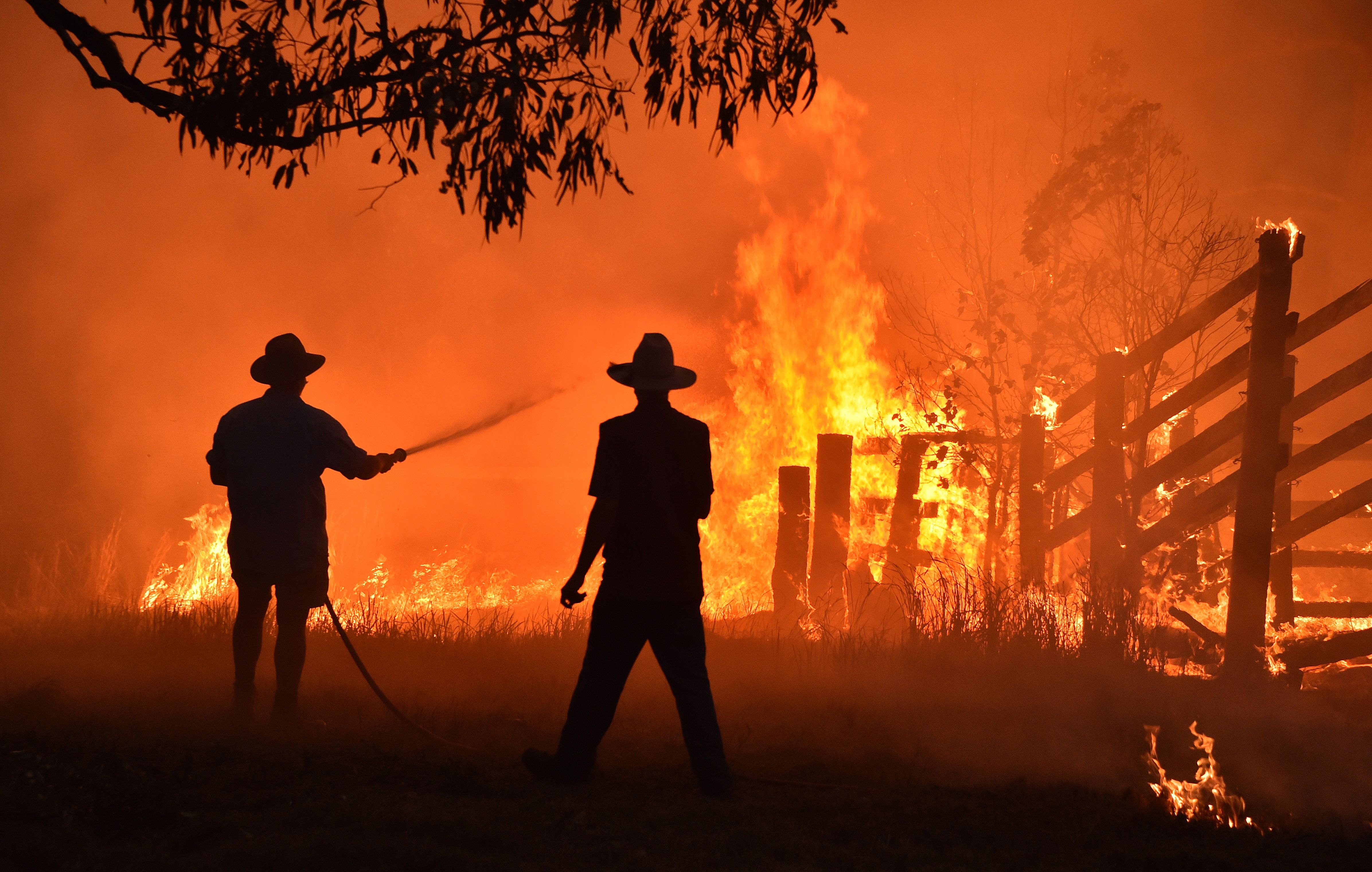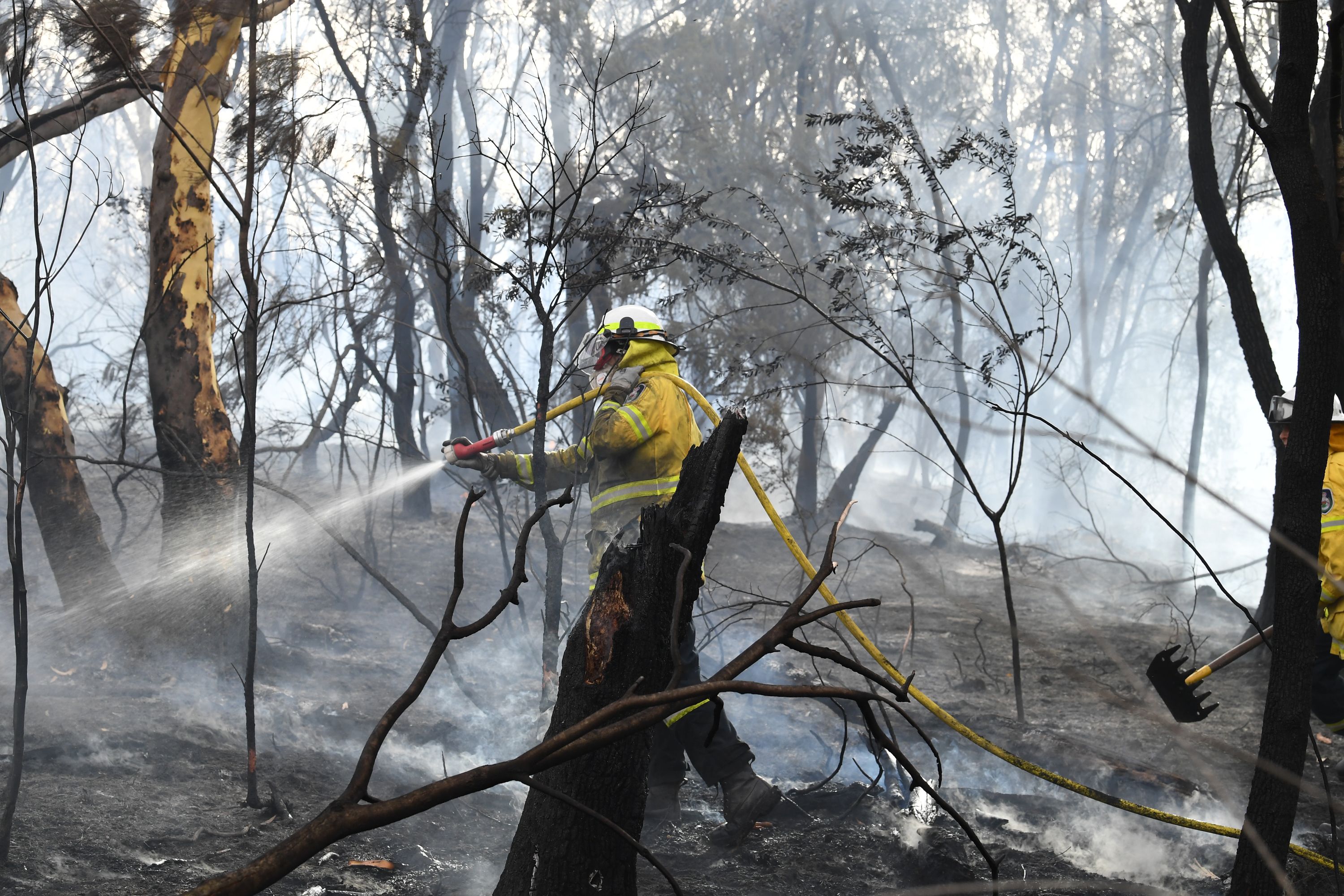News feed

A standard 75-minute flight from Sydney to Armidale is picturesque. Flying north, the 376 kilometres of flight path is bound by green, rolling hills and blue skies. Today however, travellers will be met with a hazy wall of amber smoke and after touchdown, witness a fleet of helicopters taking off and landing in an endless cycle. Attached are buckets, delivering lifesaving water – albeit a limited supply – and fire retardant to areas effected by devastating bushfires. Along with glaring heatwaves and powerful dust storms, this has become the new normal for much of New South Wales as it fights what could be considered the effects of climate change. As a farmer’s daughter, my fond childhood memories of this area have been clouded by the last six months of heartbreaking drought. I see the lines of my father’s face become further engrained as a result of the weather events and to witness fifth-generation farmers leaving the land can only be described as surreal – the very backbone of our country, breaking. “Stay in the city, there is nothing left here for you,” was the only advice from my mother, upon departure from my most recent visit home.
As another now-dubbed ‘city-slicker’, I too am aware of how easy it is to become oblivious to the happening in our rural towns. To have access to water is taken for granted and it’s only until you turn on a tap that flows only with dust do you realise how detrimental the crisis truly is. So, when the bushfire season arrived early, it was quickly made apparent what laid ahead.

At the time of publishing, there are over 100 fires burning across both states and 35-plus of which are not contained. The Greater Sydney area had been classified with a ‘Catastrophic’ fire risk for the first time in history this week, and over 600 schools and universities had been closed around NSW. My parents now sit in the family home, prepared to defend it from fires as the mercury rises to above 30 degrees and the wind blows stronger than ever. In Sydney, I anxiously refresh the Rural Fire Service map as it monitors fires across Australia.
Images that have resulted, appear almost apocalyptic as it turns the country into a burning red aura while areas of billowing smoke can be seen from space. But when a blogger uses the events as a background for another OOTD post on Instagram, followed by “My thoughts and prayers…” my heart breaks just a little more. But instead, I try to replace my brewing anger for empathy, as we shouldn’t place blame because of mere detachment. So, I’ll be brief.

A crisis shouldn’t be used as leverage for a count on likes or comments, nor should the topic be taken lightly. Instead of posing in front of the burning landscape, social media followings should be used to teach one another of the realities of drought, cutting funding for much needed back burning, and of climate change – however, I’ll let you debate the cause of the current fires. By no means stay silent however; post. Gather facts, figures, real time images. Share the realities of the crisis, tag our politicians, make sure you’re heard and be the teacher for the next person, oblivious to the emergency. Donate the mountains of clothes you no longer wear to the families who have lost everything. Look to support vets and animal hospitals caring for the native wildlife fleeing from its once-safe habitats. Come in arms with our firefighters. But as part of one of thousands of families effected by the bush fires, please, do not use the blistered Australian outback as a photo op. Our country is burning, our home is burning, and a record like count won’t save lives.
Visit the Rural Fire Service website for more information on the state emergencies and to donate.









